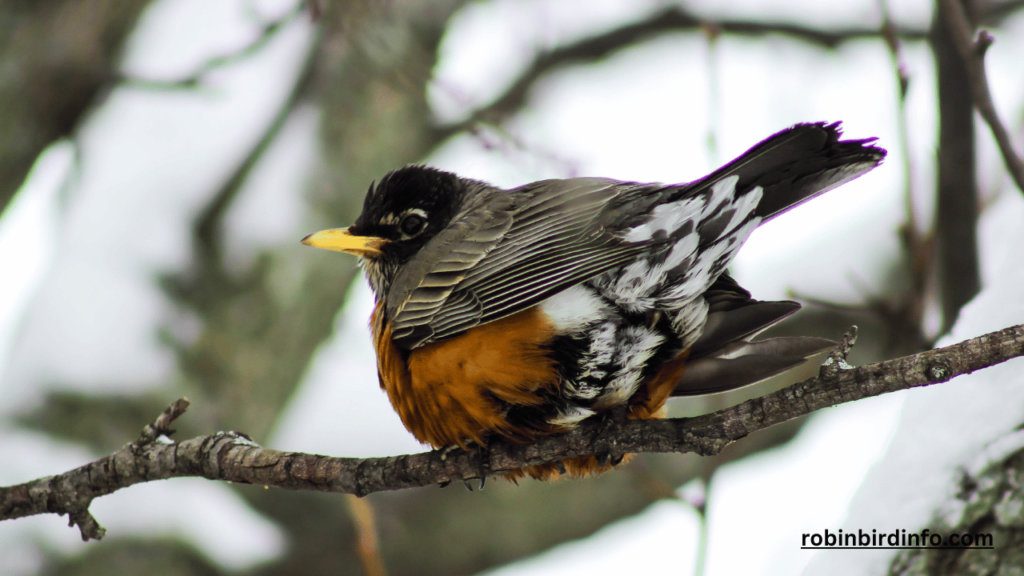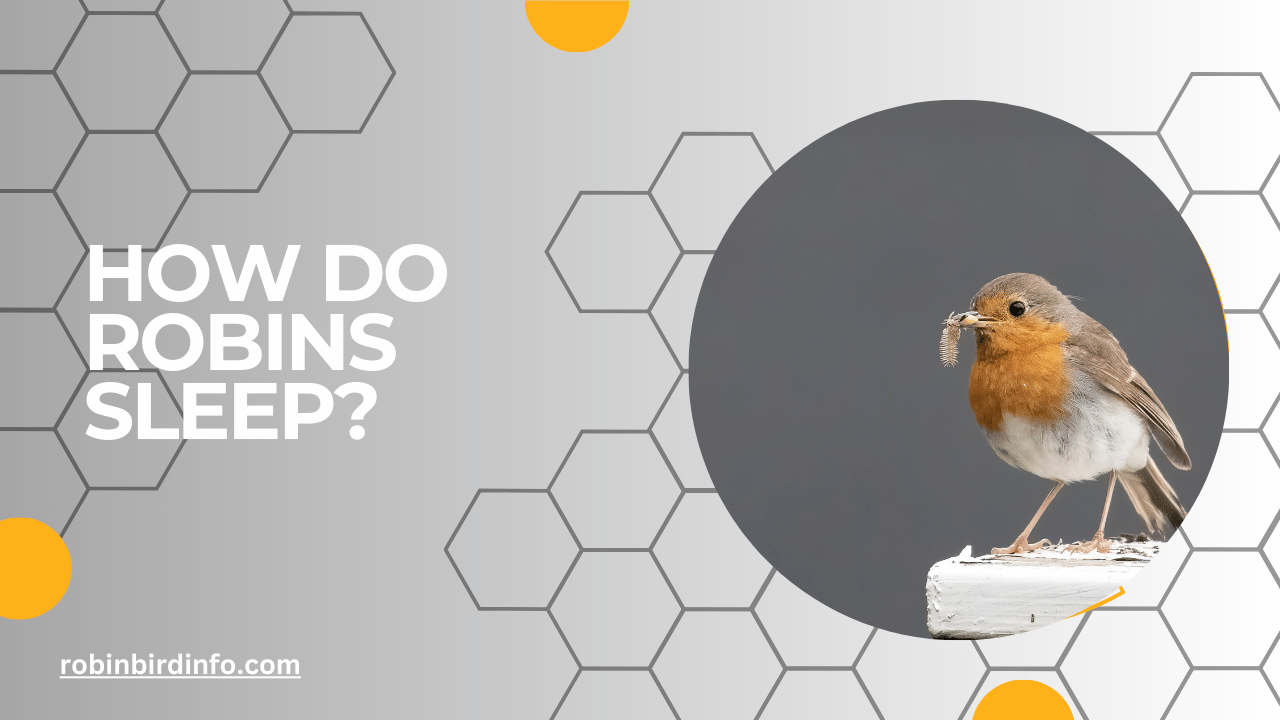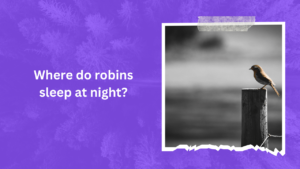We all know the cheerful chirp of a Robin, a familiar sound that brightens our mornings and fills our gardens with life.
But have you ever stopped to wonder what happens to these feathered friends after the sun sets? Unlike us humans who collapse into cozy beds, the sleep habits of Robins are a surprising blend of efficiency and vulnerability.
These seemingly tireless songsters dedicate a significant portion of their day to foraging for food, building nests, and raising young. But even the most energetic Robin needs a good night’s rest. Understanding how and where Robins sleep unveils a fascinating glimpse into their world, revealing the delicate balance between rest and survival in the wild.
So, grab a cup of tea (or your favorite beverage!), and delve into the intriguing world of Robin slumber. We’ll explore the unique sleep patterns of these birds, the factors that influence their nighttime routines, and why a good night’s sleep is vital for their survival and success.
Contents
Section 1: The Basics of Bird Sleep
Birds, like humans, require adequate sleep to function optimally. However, their sleep patterns are quite different. Many bird species exhibit unihemispheric sleep, where one half of their brain sleeps while the other remains alert. This allows them to maintain vigilance for potential threats, such as predators.
Several factors influence bird sleep patterns, including environmental conditions, predation risk, and individual variation. For example, birds may sleep for shorter periods during breeding season to care for their young or during migration to conserve energy.
Section 2: Robin Sleep Patterns
Robins are diurnal birds, meaning they are active during the day and sleep at night. They typically spend their nights roosting in trees or shrubs, often in communal roosts with other birds.
Nocturnal rest is essential for Robins to recharge their energy and prepare for the next day’s activities. They may choose sheltered locations, such as dense foliage or cavities in trees, to protect themselves from predators and adverse weather conditions.
While Robins primarily sleep at night, they may also take short naps during the day, especially when food is abundant or weather conditions are favorable. These brief periods of rest allow them to conserve energy and reduce stress.
Section 3: Nest as a Sleeping Site
While Robins may use their nests for breeding and raising young, they typically do not use them as regular sleeping sites. Nests are often exposed to predators and weather conditions, making them less ideal for sleeping. Instead, Robins prefer to roost in more sheltered locations, such as dense foliage or cavities in trees.
However, in certain circumstances, such as extreme weather conditions or lack of suitable roosting sites, Robins may use their nests as a temporary shelter. This is particularly true for young birds that are still learning to fend for themselves.
Section 4: The Impact of Environmental Factors
Seasonal variations in daylight and temperature can influence Robin sleep patterns. During the breeding season, Robins may sleep less to accommodate their breeding duties. In winter, when daylight hours are shorter, they may sleep for longer periods.
Weather conditions can also affect Robin sleep behavior. Adverse weather, such as rain, wind, and extreme temperatures, may disrupt their sleep patterns and force them to seek shelter.
Predation risk is a major factor influencing Robin sleep behavior. To minimize the risk of predation, Robins may choose to sleep in communal roosts with other birds or in well-hidden locations.
Section 5: Conservation Implications

Habitat loss and fragmentation can negatively impact Robin sleep patterns by reducing the availability of suitable roosting sites. Loss of trees and shrubs can deprive Robins of safe and sheltered places to sleep.
Human disturbance can also disrupt Robin sleep. Noise pollution, light pollution, and human activity can interfere with their rest and make them more vulnerable to predators.
To protect Robin populations and ensure their well-being, it is important to conserve their habitats and minimize human disturbance. By creating and maintaining bird-friendly environments, we can provide Robins with the necessary resources to thrive.
Conclusion
Understanding the sleep patterns of Robins is essential for comprehending their overall ecology and behavior. By studying their sleep habits, we can gain insights into their energy needs, their vulnerability to predators, and the impact of environmental factors on their survival.
By protecting their habitats and minimizing human disturbance, we can ensure the continued health and well-being of these beloved birds.
FAQ’s
Where do Robins sleep at night?
Robins typically sleep in trees or shrubs, often in dense foliage to protect themselves from predators and harsh weather conditions. They may also roost in communal groups with other birds.
How long do Robins sleep at night?
The duration of Robin sleep can vary depending on factors such as season, weather, and individual needs. However, they generally sleep for several hours each night.
Do Robins sleep during the day?
While Robins are primarily diurnal, they may take short naps during the day, especially when food is abundant or weather conditions are unfavorable.
How do Robins stay warm during cold nights?
Robins can conserve body heat by fluffing up their feathers and huddling together in groups. They may also seek shelter in sheltered locations, such as dense foliage or cavities in trees.
Do Robins sleep in their nests?
While Robins may use their nests for breeding and raising young, they typically do not use them as regular sleeping sites. Nests are often exposed to predators and weather conditions, making them less ideal for sleeping.
How does light pollution affect Robin sleep?
Light pollution can disrupt Robin sleep patterns by interfering with their natural circadian rhythms. Artificial light at night can keep Robins awake and reduce their overall sleep duration.








